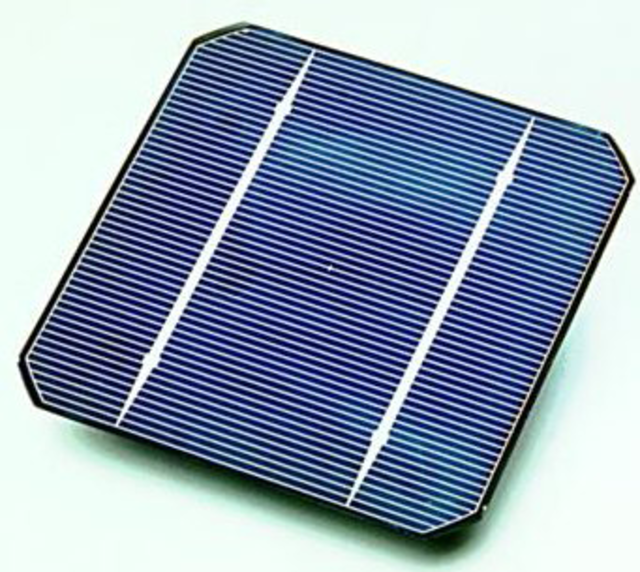An international group of scientists investigated the use of silicon dioxide (SiO2) and zirconium dioxide (ZrO2) as an anti-reflection coating for polycrystalline silicon solar cells.
“The primary objective of anti-reflective coatings is to minimize the reflection loss, so enhancing the absorption properties by the semiconductor material, often silicon, and facilitating its conversion into electrical energy,” the academic explained. “This is essential for increasing solar cell efficiency.”
In addition, they have also tested the effect of a mixed SiO2-ZrO2 coating, with a ratio of 1:1, on the cell performances.
For their research, the group purchased polycrystalline Si solar cells measuring 5.0 cm × 4.0 cm with an efficiency of 14.4%. Then, they coated them with either SiO2, ZrO2, or SiO2-ZrO2 using the radiofrequency (RF) sputter coating technique. “To ensure a nearly uniform distribution, the mixture underwent mechanical grinding with a mortar and pestle for approximately 120 minutes,” they highlighted.
The RF sputter coating technique utilizes radiofrequency energy to generate plasma and sputter material from a target onto a substrate. In the process described in this study, argon gas was ionized to form a plasma during the sputtering process. The coating process lasted 45 m at room temperature.
Following the coating of the three cells, the academics assessed light absorption and transmittance and compared their performance with that of uncoated reference cells.
Based on the results of an I–V measurement, the uncoated cell's power conversion efficiency was 14.4%, while that of the SiO2-ZrO2 sample was 17.6%. The SiO2-only sample had an efficiency of 15.6%, and the ZrO2 had 16.7%.
“The Root Mean Square (RMS) values of roughness for SiO2, ZrO2, and SiO2–ZrO2 blend coated solar cells were measured at 35.42 nm, 47.47 nm, and 62.36 nm respectively,” the researchers added. “The increased surface roughness may also serve to reduce the reflection loss potentially and enhance optical transmittance.”
The anti-reflective coating was presented in the paper “Surface engineering of Sio2-Zro2 films for augmenting power conversion efficiency performance of silicon solar cells,” published in the Journal of Materials Research and Technology.
The research was conducted by scientists from Saudi Arabia's Princess Nourah Bint Abdulrahman University, Prince Sattam Bin Abdulaziz University, and Qassim University, as well as from India's Kongu Engineering College and Velalar College of Engineering and Technology. Furthermore, the group comprised researchers from Thailand's King Mongkut's University of Technology North Bangkok and Egypt's National Research Centre.
This content is protected by copyright and may not be reused. If you want to cooperate with us and would like to reuse some of our content, please contact: editors@pv-magazine.com.



4 comments
By submitting this form you agree to pv magazine using your data for the purposes of publishing your comment.
Your personal data will only be disclosed or otherwise transmitted to third parties for the purposes of spam filtering or if this is necessary for technical maintenance of the website. Any other transfer to third parties will not take place unless this is justified on the basis of applicable data protection regulations or if pv magazine is legally obliged to do so.
You may revoke this consent at any time with effect for the future, in which case your personal data will be deleted immediately. Otherwise, your data will be deleted if pv magazine has processed your request or the purpose of data storage is fulfilled.
Further information on data privacy can be found in our Data Protection Policy.